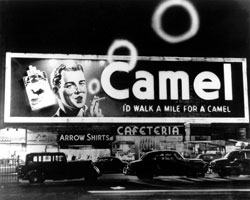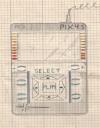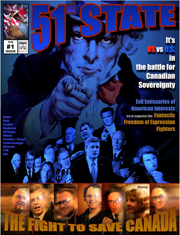 Matt sent around a link to ThoughtMesh, an original idea about how tag-rich online publishing might work. You can get an account and upload an essay (it encourages you to divide into chunks) or self-publish so your essay is meshed. I’m not entirely sure how it works, but it gives you contextual tag clouds to use to see related stuff.
Matt sent around a link to ThoughtMesh, an original idea about how tag-rich online publishing might work. You can get an account and upload an essay (it encourages you to divide into chunks) or self-publish so your essay is meshed. I’m not entirely sure how it works, but it gives you contextual tag clouds to use to see related stuff.
Here is what Jon Ippolito says in his essay, ThoughtMesh Author’s Statement,
When Craig Dietrich and I set out to build ThoughtMesh, we asked ourselves how an ideal publishing tool for scholars would behave. We decided that we wanted a system that was distributed–not siloed away in a single database, but able to be published on any Web site anywhere. We also wanted all the essays to be connected to each other, by something less random than search returns, but more serendipitous than intentional hyperlinks.



 A student of mine from last year, Jacob, who was one of the two who did the innovative
A student of mine from last year, Jacob, who was one of the two who did the innovative 
 Once I notice one comic being used to introduce computing issues I’m told of another. Google commissioned the Chrome comic, Gordon Duncan of
Once I notice one comic being used to introduce computing issues I’m told of another. Google commissioned the Chrome comic, Gordon Duncan of